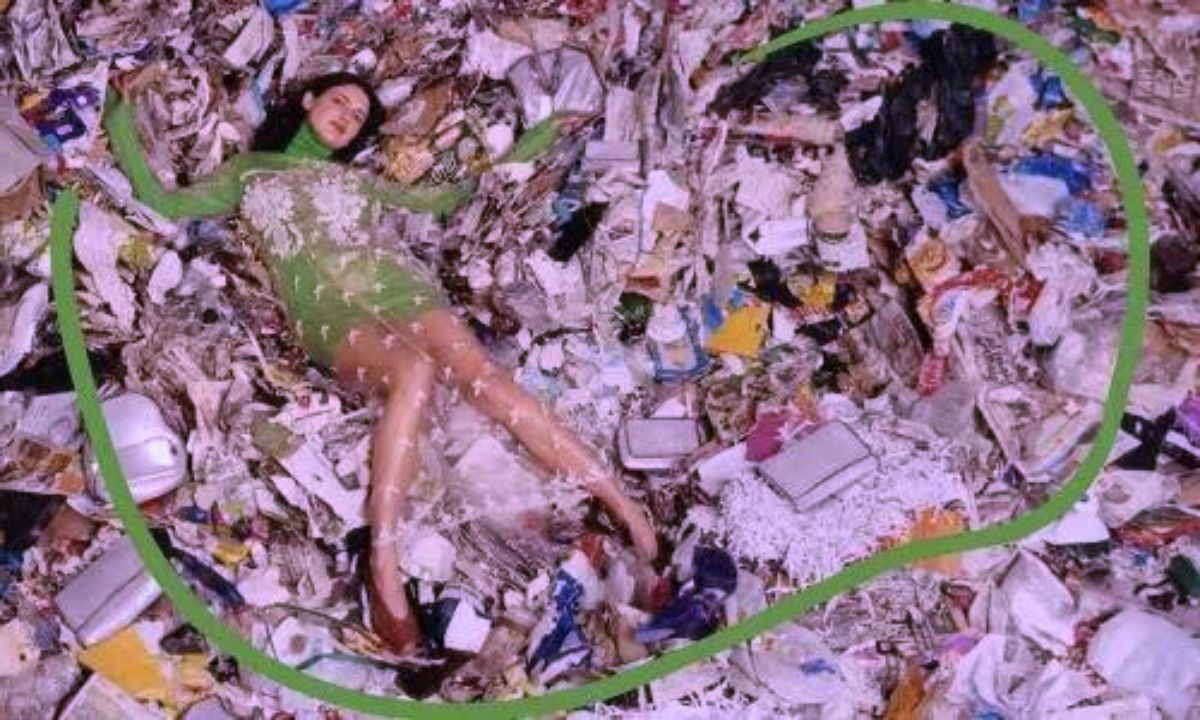In today’s fast-paced world, the fashion industry operates at lightning speed, constantly churning out new trends and styles at an unprecedented rate. This phenomenon, often referred to as “fast fashion,” has transformed the way we consume clothing. However, behind the glitz and glamour of runway shows and flashy advertisements lies a dark reality: the hidden environmental cost of fast fashion.
Understanding Fast Fashion
Fast fashion can be defined as the rapid production of inexpensive clothing to keep up with the latest trends. Brands often prioritize speed and affordability over quality and sustainability, leading to a cycle of constant consumption and disposal. This model encourages consumers to buy more clothing than they need, resulting in a significant strain on the environment.
The Environmental Impact
1. Resource Depletion
Fast fashion relies heavily on the extraction of natural resources such as water, land, and fossil fuels. The production of fabrics like cotton and polyester requires vast amounts of water and chemicals, contributing to pollution and habitat destruction.
2. Pollution
The textile industry is one of the largest polluters globally, emitting harmful chemicals and greenhouse gases into the atmosphere. From dyeing fabrics to treating wastewater, every stage of the production process generates pollution that can have devastating effects on ecosystems and human health.
3. Waste Generation
The fast fashion industry produces an alarming amount of waste, with millions of tons of clothing ending up in landfills each year. Synthetic fibers like polyester can take hundreds of years to decompose, further exacerbating the problem of textile waste.
The Human Cost
While the environmental impact of fast fashion is staggering, it’s essential not to overlook the human cost of this industry. Workers in garment factories, often located in developing countries, face low wages, unsafe working conditions, and exploitation. From child labor to forced overtime, the human rights abuses prevalent in the fashion supply chain are a stark reminder of the true cost of cheap clothing.
Sustainable Solutions
Addressing the hidden environmental cost of fast fashion requires a collective effort from consumers, brands, and policymakers. Here are some sustainable solutions to consider:
1. Ethical Consumption
Consumers can make a difference by choosing to support brands that prioritize ethical and sustainable practices. By opting for quality over quantity and investing in timeless pieces, individuals can reduce their environmental footprint and support fair labor practices.
2. Circular Fashion
Embracing a circular fashion model, which focuses on minimizing waste and maximizing the lifespan of clothing, is crucial for reducing the environmental impact of the fashion industry. This can involve practices such as clothing rental, resale, and upcycling to extend the lifecycle of garments.
3. Regulation and Accountability
Governments and regulatory bodies play a vital role in holding fashion brands accountable for their environmental and social impact. Implementing regulations on waste management, pollution control, and labor rights can help ensure that the fashion industry operates ethically and sustainably.
Conclusion
The hidden environmental cost of fast fashion is a complex issue that demands urgent attention. By raising awareness, advocating for change, and making conscious choices as consumers, we can work towards a more sustainable and equitable future for the fashion industry. Together, we have the power to redefine fashion not only as a form of self-expression but also as a force for positive change in the world.



